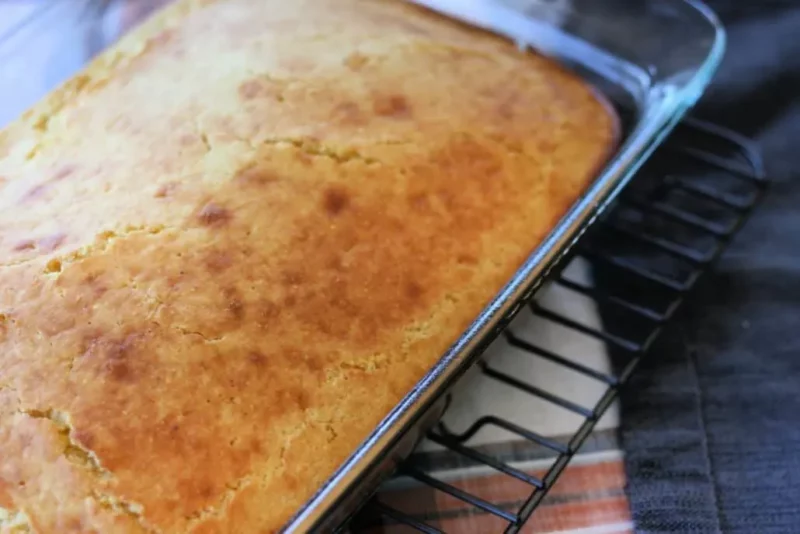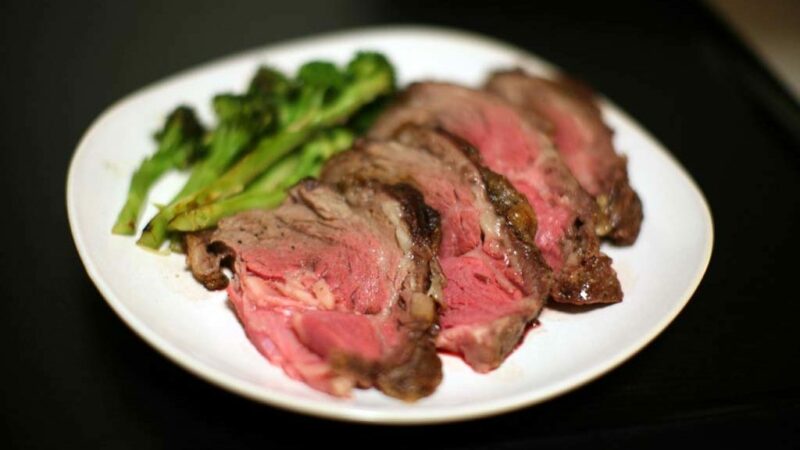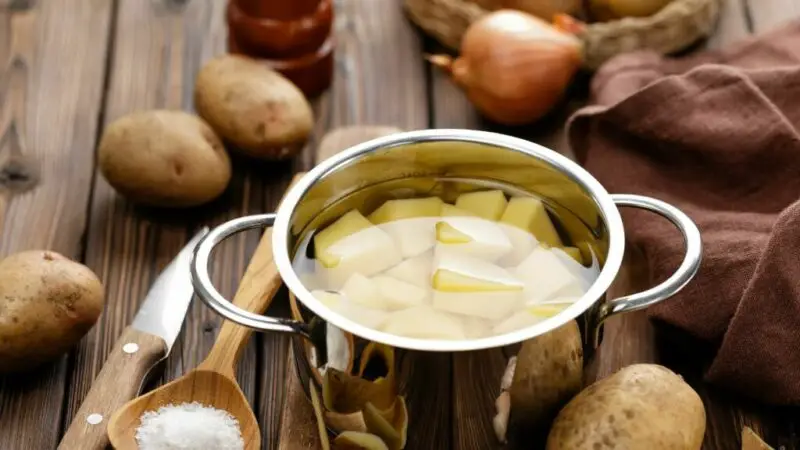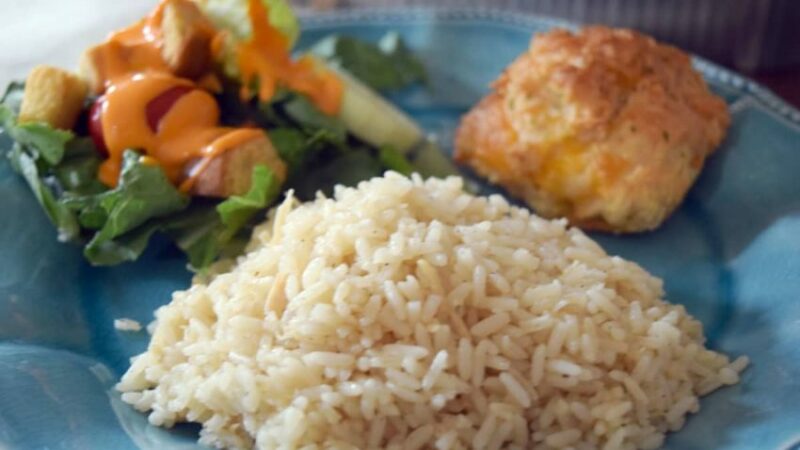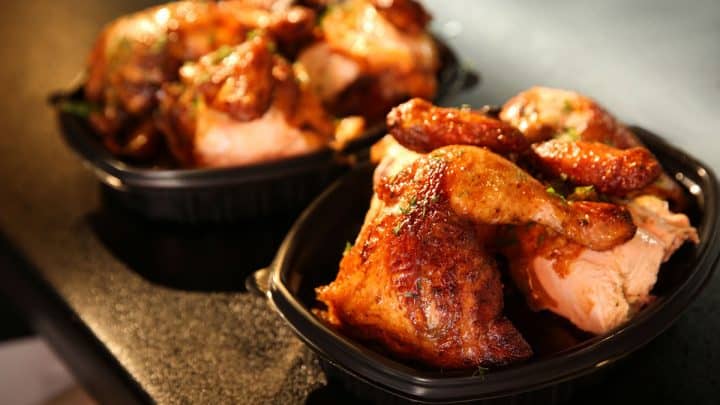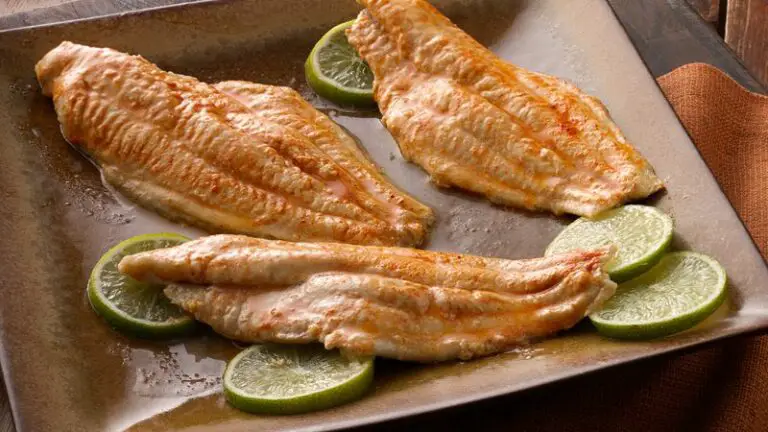Cornbread is a delicious and versatile dish, perfect for pairing with soups, stews, and chili. There are many ways to bake cornbread, including using a cast-iron skillet or muffin tins. However, one question that often comes up is whether you can bake cornbread in a glass pan.
In this article, we will explore the pros and cons of using glass pans for baking cornbread. We’ll also provide tips for cooking perfect cornbread in a glass pan and discuss alternative bakeware options.
Understanding Glass Pans and Their Uses
Glass pans are made from tempered glass that can withstand high temperatures without cracking or shattering. They come in different shapes and sizes and are commonly used for baking casseroles, brownies, and cakes.
One of the benefits of using glass pans is that they heat evenly, which helps to ensure even baking. They’re also transparent so you can see how your food is progressing without opening the oven door.
However, there are some drawbacks to using glass pans. They can be sensitive to temperature shifts; if you move them from a hot oven directly to the countertop or sink (which might be cool), they can crack. They’re also not suitable for broiling because the high heat can cause them to crack. Additionally, not all recipes may be suitable for baking in a glass pan due to their unique properties.
The Science Behind Cooking Cornbread
Cornbread batter contains flour, cornmeal, eggs, milk or buttermilk (or sour cream), sugar (optional), leavening agent like baking powder/soda etc., salt & fat typically oil/butter/lard. This combination of ingredients creates a texture that’s both moist and fluffy when cooked correctly.
The cooking time and temperature required vary depending on the recipe used as well as several other factors such as the thickness of the batter spread in pan or skillet size as well as the oven, altitude etc. For example, thinner batter spread in a large pan may require less cooking time while thicker-batter like spoon bread one may need more time.
What to Consider Before Baking Cornbread in a Glass Pan
Before using a glass pan for baking cornbread, there are several things to consider. First, you should use a recipe that is suitable for glass bakeware. Second, you’ll need to adjust the cooking time and temperature since glass pans hold heat differently than other materials.
It’s also important to keep in mind that some recipes may not work well with glass pans due to their unique properties. If unsure about whether your recipe is suitable for glass bakeware or not, you can always start off by testing out smaller batches.
Advantages and Disadvantages of Using Glass Pans for Cornbread
There are both advantages and disadvantages of baking cornbread in a glass pan.
Pros:
- Even Heating: Glass pans have excellent heat distribution properties that make them an ideal choice for baking.
- Transparent Feature: You can easily monitor the progress of the cook without opening the oven or disturbing the cornbread.
- Versatility: Glass pans can be used in high temperatures and microwaves too. Moreover, they double up as serving dishes often.
- Dishwasher Safe: Since they’re made of tempered glass which makes them very durable they are easy-to-clean and dishwasher safe too.
Cons:
- Sensitive to Temperature Shifts: As mentioned above, since glass pans are sensitive to changes in temperature they can easily crack from sudden drops or increase of temperatures.
- Not Suitable for Broiling: Avoid using glass bake ware under broiler settings; it may shatter.
- Might Not Work With Some Recipes: Due to its unique properties, certain recipes might not work well with glass bake ware i.e. ones requiring high heat like pizza crusts or fried pies w/syrup.
Tips for Cooking Perfect Cornbread in a Glass Pan
Preparation:
- Before you get started, make sure to thoroughly grease your glass pan with cooking spray or use parchment paper. This will prevent your cornbread from sticking to the bottom and sides of the pan.
- You may dust some flour over greasing too in case you need super less oil/fat.
- Set out all of your ingredients ahead of time so that they’re at room temperature before mixing them together.
Mixing the batter:
- Whisk all dry ingredients together in a bowl (flour, cornmeal, baking powder/soda). Don’t separate ingredients from one another.
- Mix wet ingredients separately – Eggs, Milk, butter/oil etc.
- Then, finally mix both sets of ingredients; whisk just enough so everything is combined but not over-mixed.
- Overmixing can develop gluten and result in tough cornbread.
Baking:
- Preheat oven as per recipe instructions
- Position your oven rack on central position instead nearest or furthest one when using glass bakeware
- Pour the batter into the prepared glass baking dish carefully and place it on the middle rack of your preheated oven.
- Always bake on lower end of recommended temperatures for safety reasons with glass.
- Never put cold dishes under hot ovens it may shatter. Let it come to room temperature first before placing inside oven.
- Check progress once in between through oven light window whenever possible if need be add minute/30sec intervals for doneness.
Alternative Bakeware Options
If you don’t have a glass pan or prefer not to use one, there are several alternative bakeware options you can consider.
A cast iron skillet is great for making crispy crusted cornbreads. The heat-retention properties of cast iron help create a crispy edge and golden crusts
Muffin tins would help you arrive with perfect individual servings of cornbread too.
Conclusion
In conclusion, baking cornbread in a glass pan is possible, but not all recipes work well with this type of bakeware. Glass pans have both advantages and disadvantages and need to be used with precautions. If you’re unsure about whether your recipe is suitable for glass bakeware or not, try testing it out first before making the whole batch. Keep the above tips in mind while preparing your next breathtaking cornbread dish.
Q&A
- Q: Can you substitute a glass pan for a metal pan when baking cornbread? A: Absolutely! A glass pan is a great alternative to a metal pan when it comes to baking cornbread. However, it’s important to note that since glass conducts heat differently than metal, you may need to adjust your cooking time and oven temperature accordingly.
- Q: Will baking cornbread in a glass dish affect the texture or flavor of the final product? A: Baking cornbread in a glass dish may actually enhance the flavor and texture of your final product! The gentle, even heat distribution of glass can help create a crispy crust while maintaining the fluffy interior that is characteristic of traditional southern-style cornbread.
- Q: How do I prevent my cornbread from sticking to my glass baking dish? A: To prevent your cornbread from sticking to your glass baking dish, be sure to generously grease the inside of the dish with butter, oil, or cooking spray before adding your batter. Additionally, avoid using metal utensils or abrasive sponges when cutting or cleaning your baked cornbread in order to preserve the non-stick surface of your glass dish.
- Q: Is it safe to bake cornbread in a tempered-glass pyrex dish? A: Yes, it is completely safe to bake cornbread in a tempered-glass pyrex dish! Pyrex dishes are specially designed and tested for high-heat applications such as baking and have been used by home cooks for decades with great success. Just be sure not to subject your Pyrex dish directly from freezer or refrigerator into an oven as this could damage it.
